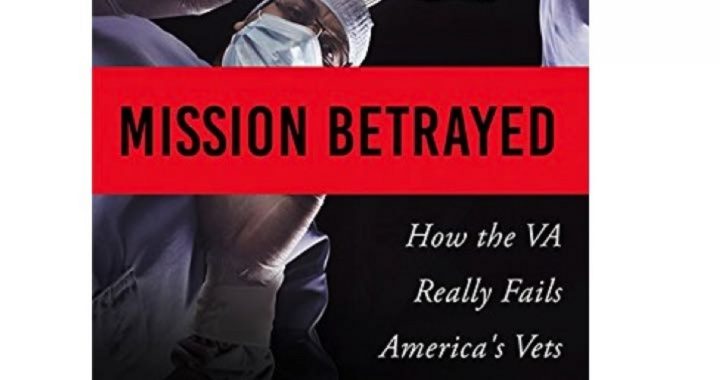
A former Department of Veterans Affairs (VA) surgeon says VA hospital administrators are manipulating statistics — in part by denying care to certain patients — to make themselves look good and earn bonuses.
Dr. Michael Mann, a professor of surgery at the University of California San Francisco, worked at the Palo Alto VA hospital during the 1990s and the San Francisco VA hospital from 2003 to 2011. Like many other VA whistleblowers, Mann was fired by the agency after he began questioning hospital policies regarding “high-risk” patients.
Rather than go quietly into the night, Mann wrote a book exposing what he calls “the routine abuse and neglect of veterans that [he] had witnessed over the course of 20 years’ exposure to the VA.” Mission Betrayed details much more than the secret waiting lists and other scandals that made headlines in recent years — issues that Mann claims “were par for the course to anyone who had worked within the VA system.”
The bigger issue, as Mann sees it, is that VA hospital administrators created their own set of statistics and then manipulated them to their benefit. This was an outgrowth of a 1985 law requiring the VA to compare its surgical mortality statistics to the “prevailing national standard.”
“The VA did an amazing job of measuring its own surgical outcomes, something that had never been done before in such an immense system, but there was no prevailing national standard to be compared to,” Mann told the Daily Caller. “We still don’t really have it for all of surgery, and so the VA instead just compared its own individual institutions within its system and developed something called NSQIP, the National Surgical Quality Improvement Program, and all it really did was rank the hospitals in the VA based on surgical mortality, so one hospital had the lowest mortality and [at] the other end of the spectrum there were hospitals with the highest.”
Although the NSQIP didn’t really satisfy the law, it did serve as a means for the central VA office to rank the various VA hospitals and give bonuses to the best-performing ones. Every hospital, naturally, wanted more money, so the numbers began to improve at a ridiculously fast clip, with mortality rates falling by nearly 50 percent over a decade.
“The only way you could’ve rationalized that drop was by saying, ‘Well, the worst institutions were somehow learning from the best institutions,’” Mann said. “But that’s not what happened. Numbers dropped everywhere across the board. There were unprecedented drops of mortality and morbidity. That’s never been seen in any system designed to improve outcomes. There’s no scientific explanation for that.”
There is, however, an explanation rooted in human nature and the incentives built into bureaucratic systems.
“All across the country, those VA administrators knew what to do,” Mann explained. “No one had to tell them. You make it look good. You give central VA in Washington what they want. It doesn’t matter how it affects patients, because that’s not what the central VA cares about. They care about the numbers. They care about how it looks.”
According to Mann, the administrators did not resort to outright lying. Instead, they simply refused to treat patients who presented a risk of complications; and as time went on, the definition of “high-risk” was stretched further and further. “Even garden-variety lung cancer operations would be labeled high-risk,” Mann said. By reducing risk, mortality and morbidity rates naturally fell, and hospitals quickly rose through the ranks of the NSQIP, snagging big bonuses along the way.
Mann does not hold out much hope for reforming what he dubs the “fundamental cultural, attitudinal and organizational dysfunction that defines the VA” — at least not under the current approach, which tends to focus on individual abuses as they come to light but not on the larger picture. He hopes that his book will spur some more fundamental changes at the agency, but given the history of the VA and other bureaucracies, that is unlikely.
Nevertheless, Mann has performed a worthwhile service by exposing the plight of veterans in VA hospitals — and by reminding Americans who may be tempted by the siren song of “free” healthcare just how bad government healthcare really is.



